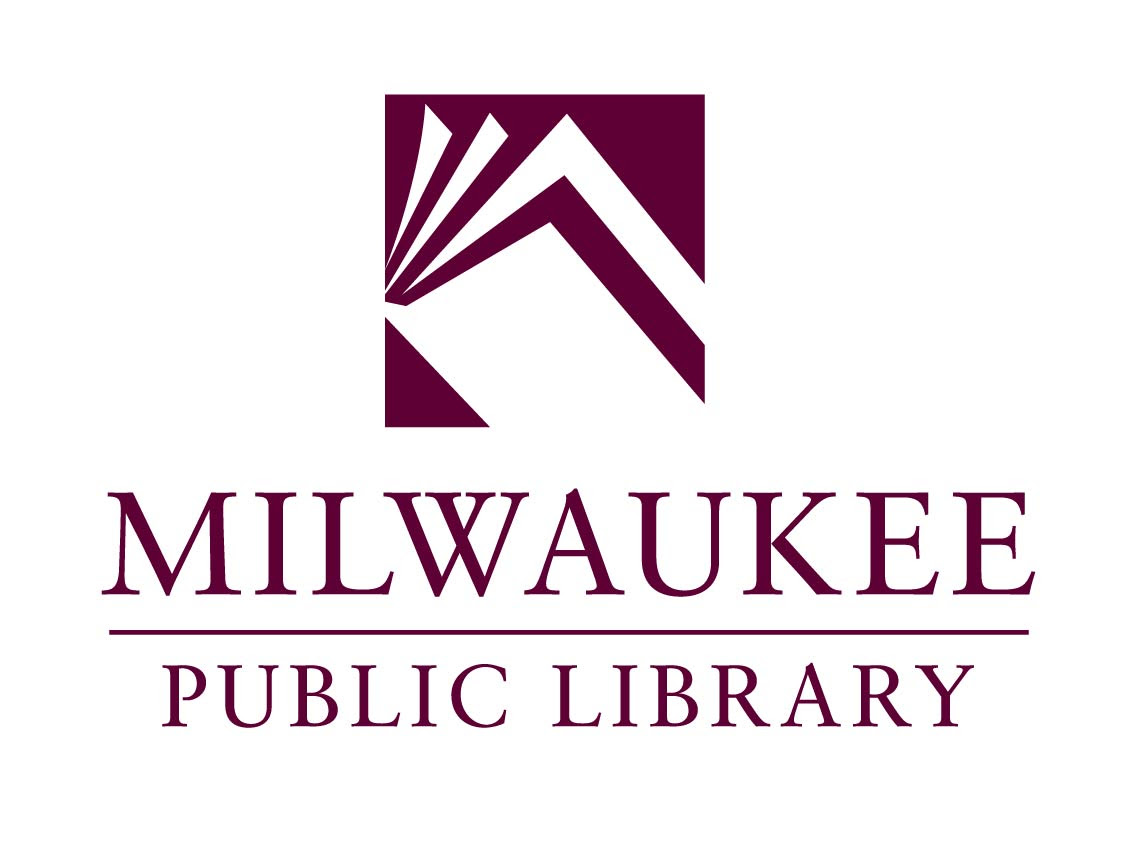Collage Your Own Writing Prompt
Prompts Against Anxiety #31 | from Helen Hofling, a Baltimore-based writer, editor, and collage-maker. Her work can be found in Berkeley Poetry Review, the Columbia Review, Electric Literature, Epiphany, Ghost Proposal, Lambda Literary, Prelude, and elsewhere.

Hofling, Indefinite Calyces
Hofling, Indefinite Calyces
(All collages presented here were composed during the pandemic and are next on Hofling's list to use as writing prompts.)
STEP ONE: GATHER MATERIALS
Survey your space for possible collage materials: pieces of paper that you are allowed to cut up. This might include junk mail, magazines, newspapers, catalogues, old postcards, construction paper, card stock, and anything in your paper recycling bin, if you have one of those. I’m not going to go so far as to suggest that you cut up photographs that have sentimental value, or books printed with beautiful full-color illustrations, but reader, I’ve done it.
You will need scissors, a large flat surface for working on, and glue. Any glue stick or school-supply glue should work, though I’d stay away from super glue. My favorite glue says “PH Neutral PVA” on the side, and I got it in the book-binding section of my local art supply store.
It’s nice to collect a variety of sources. You never know what will speak to you once you sit down and begin STEP TWO.
STEP TWO: EXPERIMENT WITH MATERIALS
This step is by far my favorite.
You should start by setting the mood. Put something on that you’d like to listen to. You’ll want the lighting to be bright, but not oppressively so. I’m wary of lighting candles around so many scraps of paper . . . maybe if it’s high up on a mantle, or better yet, a stick of incense burning in a nearby room.
Begin to flip through your materials and look at them side by side. Discover resonances. Eventually you will want to pick several larger pieces of paper, or “backgrounds,” and then cut out many smaller pieces of paper, or “scraps,” to paste on top of the “backgrounds.
This is the best part. Zone out, listen to whatever you are listening to, and play. If you are like me, you are collaging your own writing prompt because the world is very distracting, and you can’t seem to get yourself to sit down, focus, and invent new writing. When you’re collaging, the burdens of focus and invention are lifted, allowing the collagist to tune into a different kind of visual awareness and creativity, one that will later feed the writing process.
The selection process could be motivated by color, shadow, shade, shape, or any of the hilarious visual jokes you find yourself making. Perhaps your scraps are figurative; perhaps they are more abstract. Maybe you develop a taste for torn edges, and you don’t even need the scissors. At this stage anything is possible! You have yet to begin the brutal process of pasting things down, watching the vast horizon of possibility narrow, aghast, even as you are the agent of that narrowing.

Hofling, Night Announcement
I suppose I should note that although my experience is mainly limited to 2D collage, it could be exciting to experiment with the third dimension. Think: Cornell Boxes, shoe-box dioramas, little altars, etc. (The variations are limitless in this exercise, which I hesitate to mention here, as the value in prompts tends to be foremost in the focused constraint they provide.)
Important: Cats LOVE to disrupt collages-in-progress. You may be familiar with their affinity for sprawling their bodies across incomplete jigsaw puzzles, active board games, even keyboards as one is typing out writing prompts, and luxuriating in the disruption they cause. It’s the same thing with collage; if you have cats, WATCH OUT!
STEP THREE: ASSEMBLE COLLAGE
Lay out several of your “backgrounds,” and move the “scraps” around over them.
Decide which “scraps” go on which “backgrounds” and where, by pushing them around until you feel an aesthetic “click.” Don’t second guess yourself or be too precious about it. If you just go for it, you might come out of this exercise with multiple collages. And it’s okay if you don’t like all of them. Remember, your collage materials are by definition “pieces of paper that you are allowed to cut up.”
Glue down the scraps. Start with less glue than you think you’ll need.
STEP FOUR: WAIT
Leave your collage(s) somewhere safe to dry (read: far away from candles and cats).
Return to look at your collage.
Do something else. In the middle of that activity, remember your collage. (Repeat.)
STEP FIVE: WRITE
When you are ready, or at least willing, begin to write. Your collage is the prompt. I’m not going to tell you what to write about, but we’re going to call it a poem. I will suggest two approaches.
1) In the first approach, you sit down to write. Take a look at your collage. Write a line. Then look again, and write some more. Repeat until you have a fair amount of writing. Move the writing around and make changes to it until you feel an aesthetic “click.” Call it a poem.
2) The second approach is to go for a walk. In this approach you just think about the collage and allow words/phrases/sentences/ stanzas to come into your mind, pausing as needed to transcribe these missives into your phone’s notetaking app, or a real notebook, which is probably the more dignified choice, though not the one most often available to me. Walk, think, receive, transcribe, repeat. Then, when you go home, make a new collage using the words from your notes. Call it a poem.
STEP SIX: VARIES
You might decide that your collage and your poem go together very nicely, or you might decide to frame your collage and scrap the poem, or you might decide to keep editing the poem to eventually include in your soon-to-be-award-winning manuscript, or you might decide to start again. This is not an exhaustive list.

Hofling, Lineate Pooling
Prompts Against Anxiety is sponsored by Milwaukee Public Library, an anchor institution that helps patrons read, learn, and connect—to our resources and our community. Now more than ever, stay connected, stay home, and stay safe.
More from this series
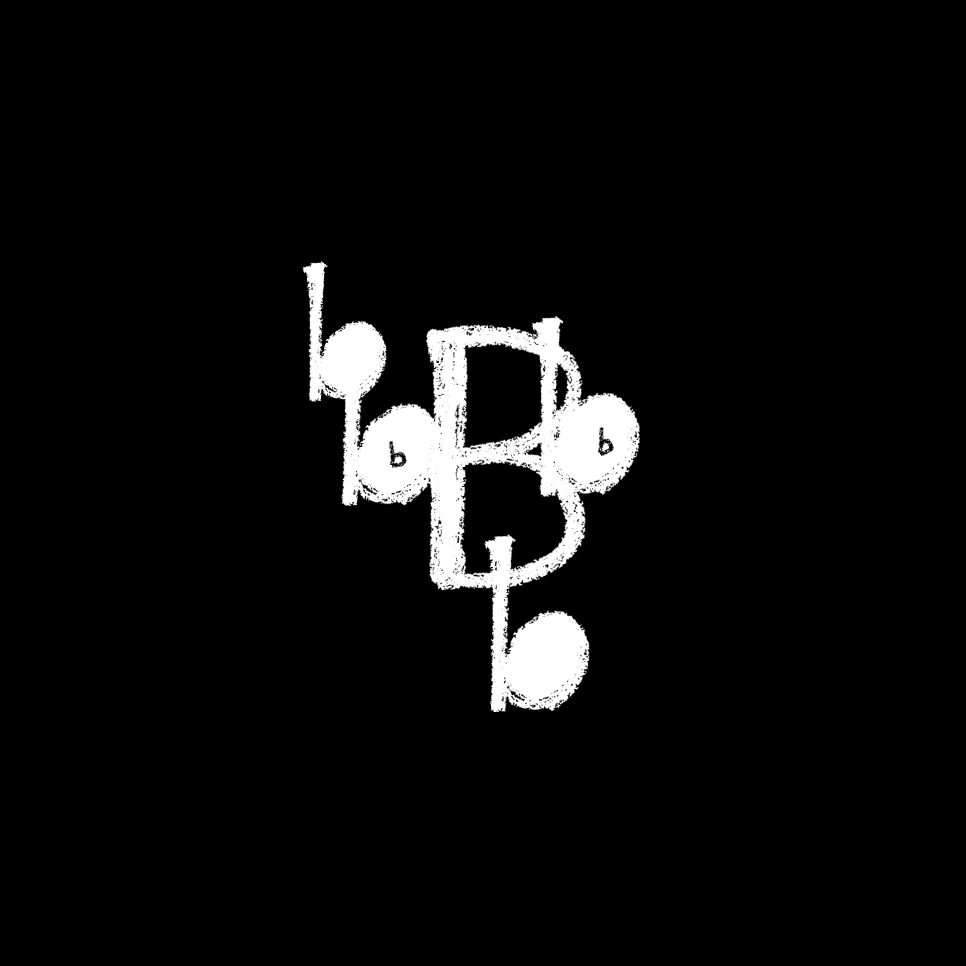
The Word was in the beginning but it is made of letters.Prompt #40—giovanni singleton

Write in NaturePrompt #39—Oogie Push
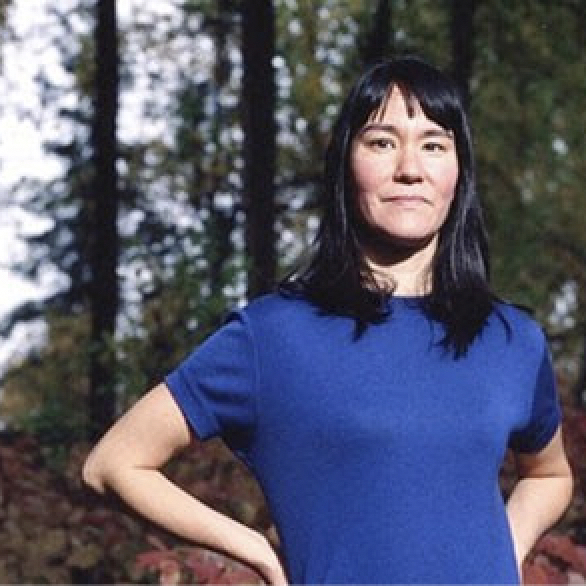
Real FoodPrompt #38—Joan Kane
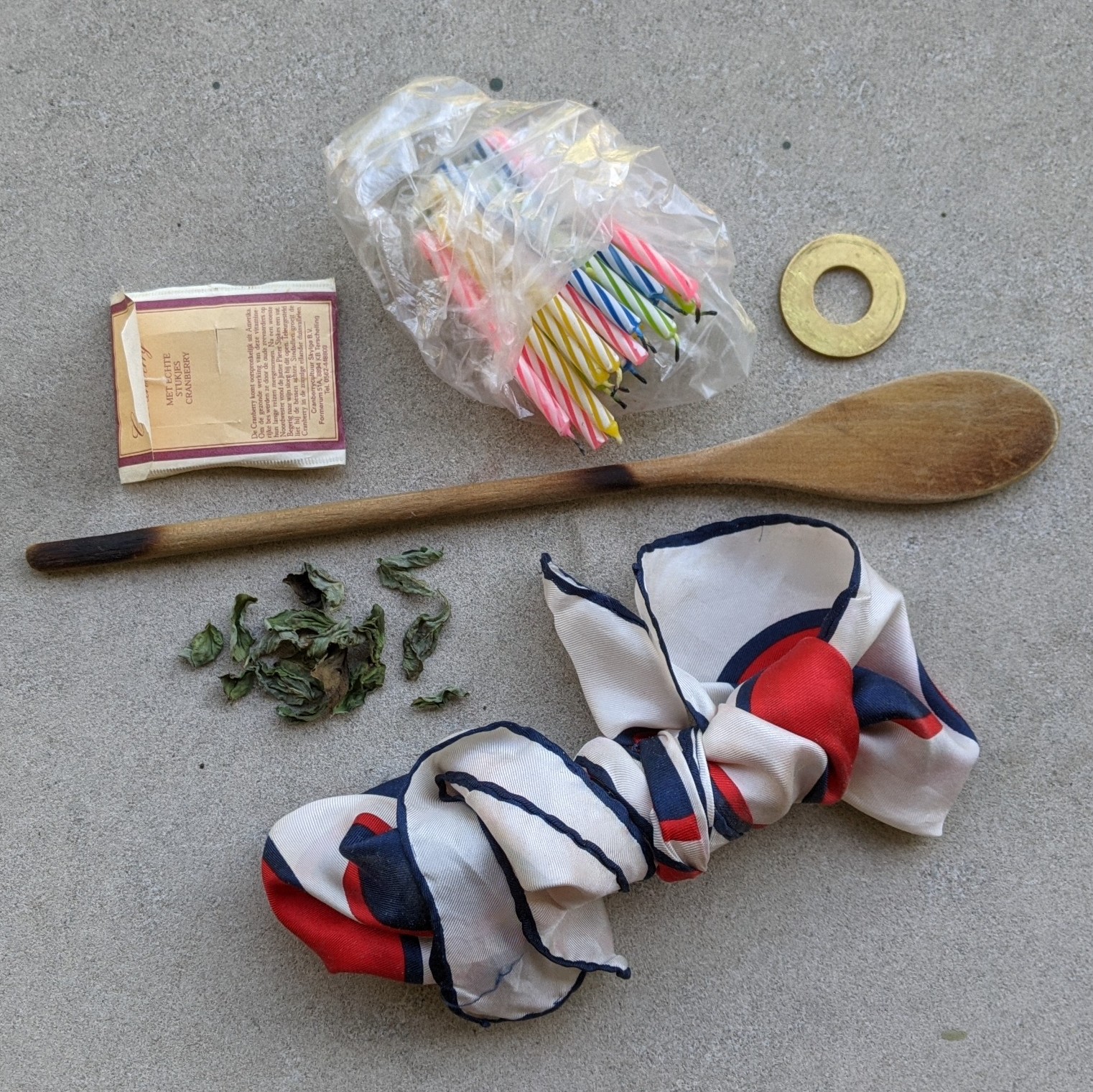
You Don't Need Proust to Smell GoodPrompt #37—Elizabeth Hoover
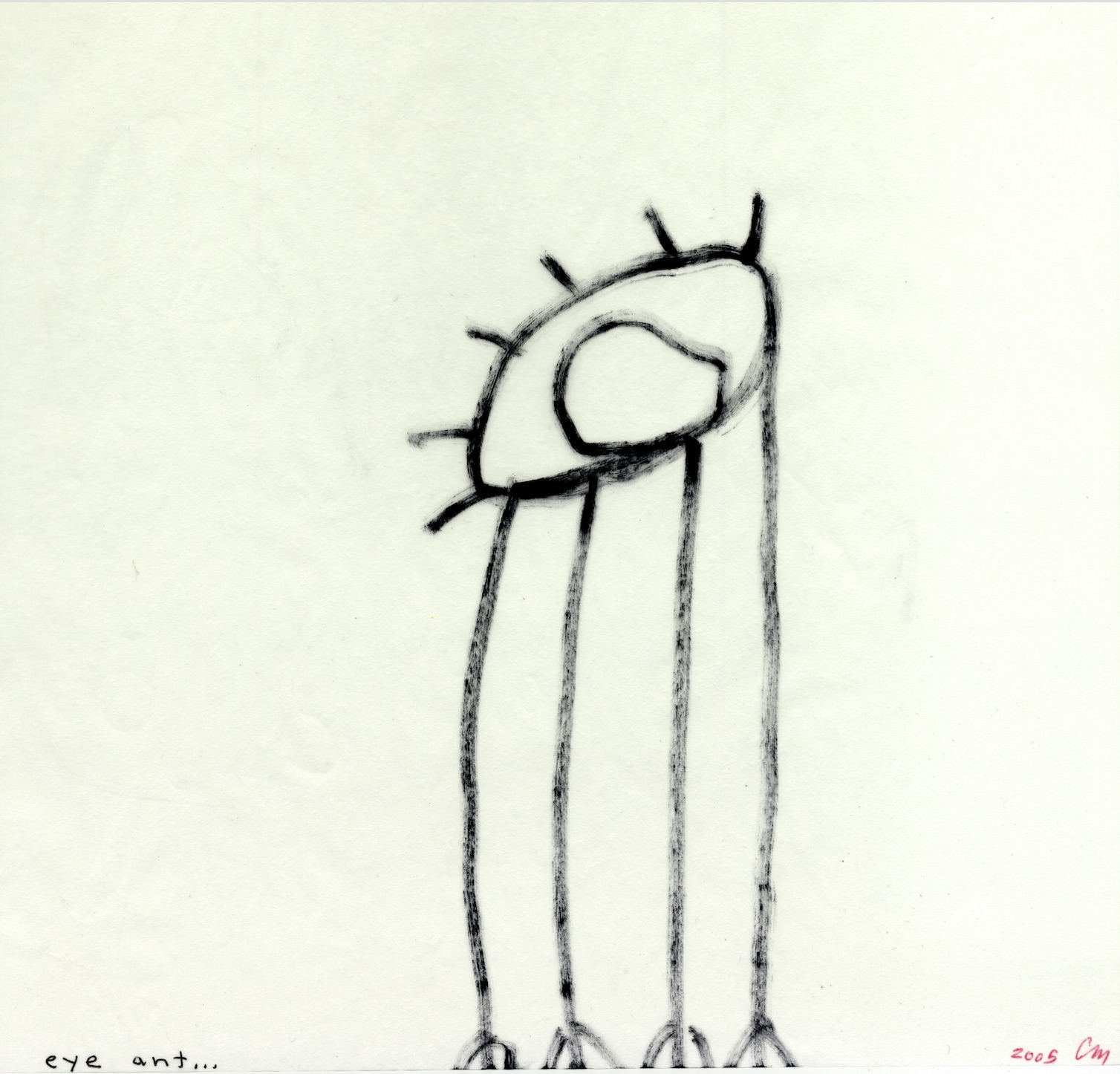
Find Your Own FormPrompt #36—Sawako Nakayasu

Tarot Recall: A Visionary Exercise for the PresentPrompt #35—Laurence Ross

Queers in Love at the End of the WorldPrompt #34—CJ Scruton
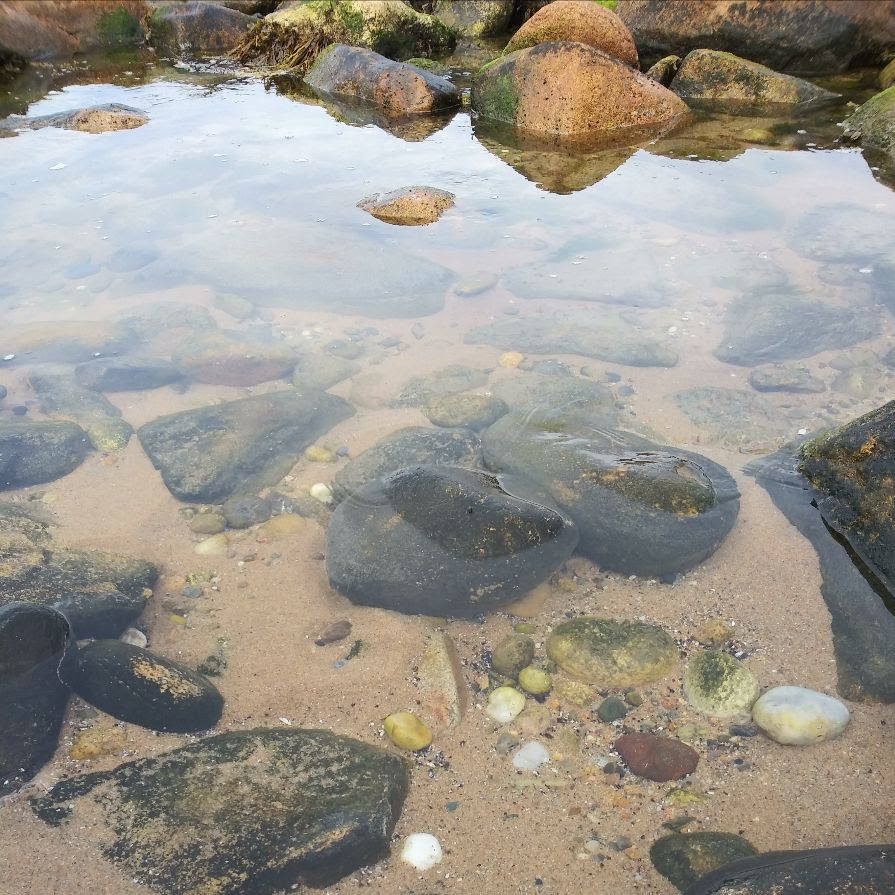
WORKBOOK FOR CHANGE: TWO PROMPTSPrompt #33—Kate Schapira
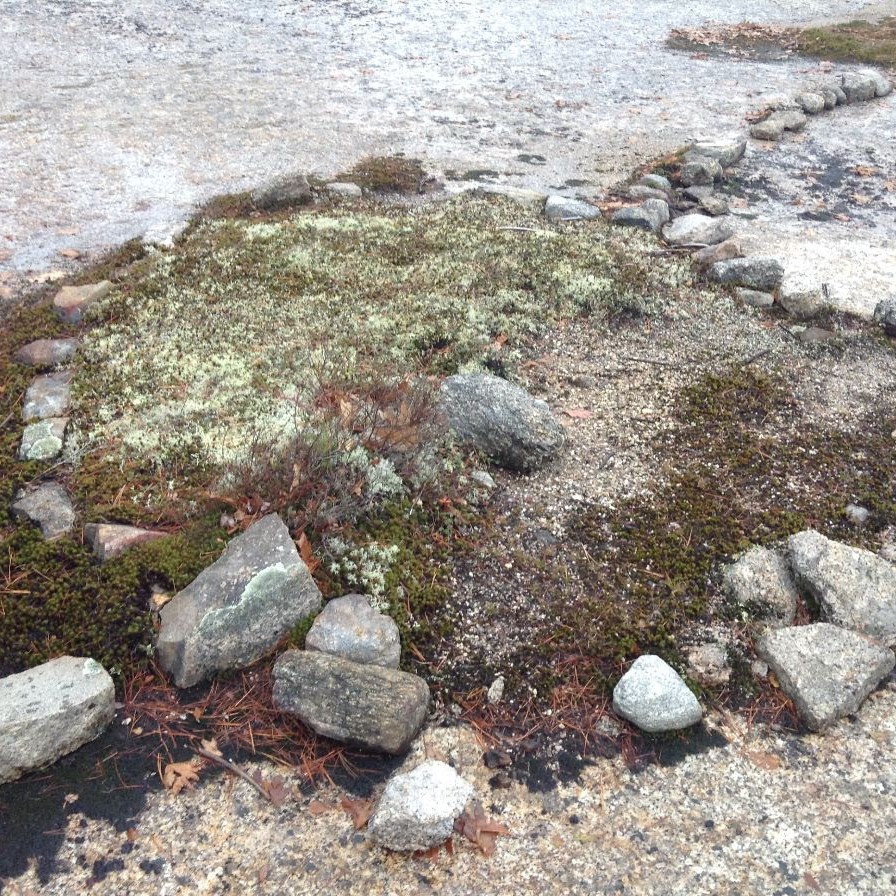
Preparation for the PromptPrompt #32—Lisa Fishman

Collage Your Own Writing PromptPrompt #31—Helen Hofling
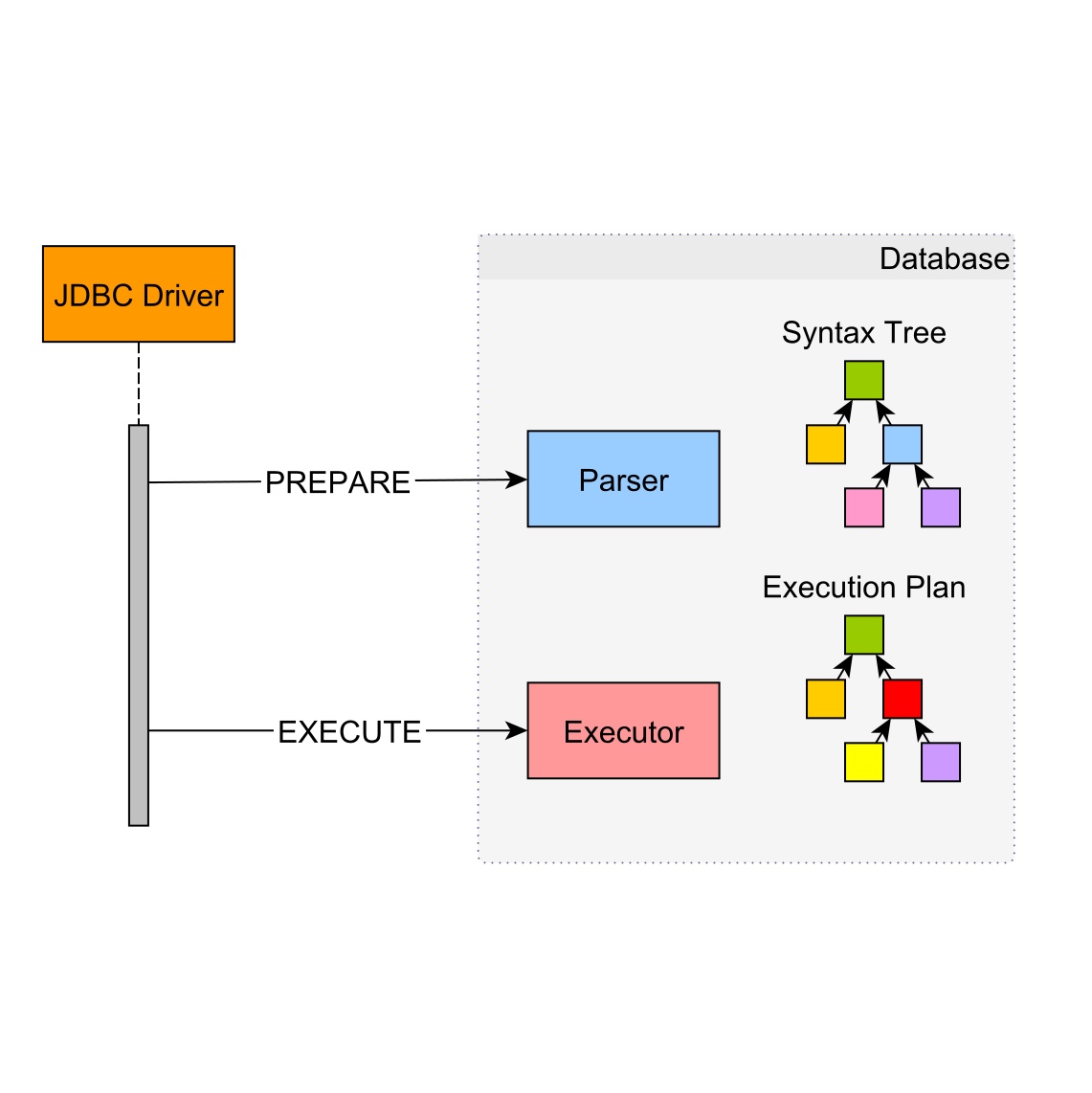
Prepared StatementPrompt #30—Mike Hauser
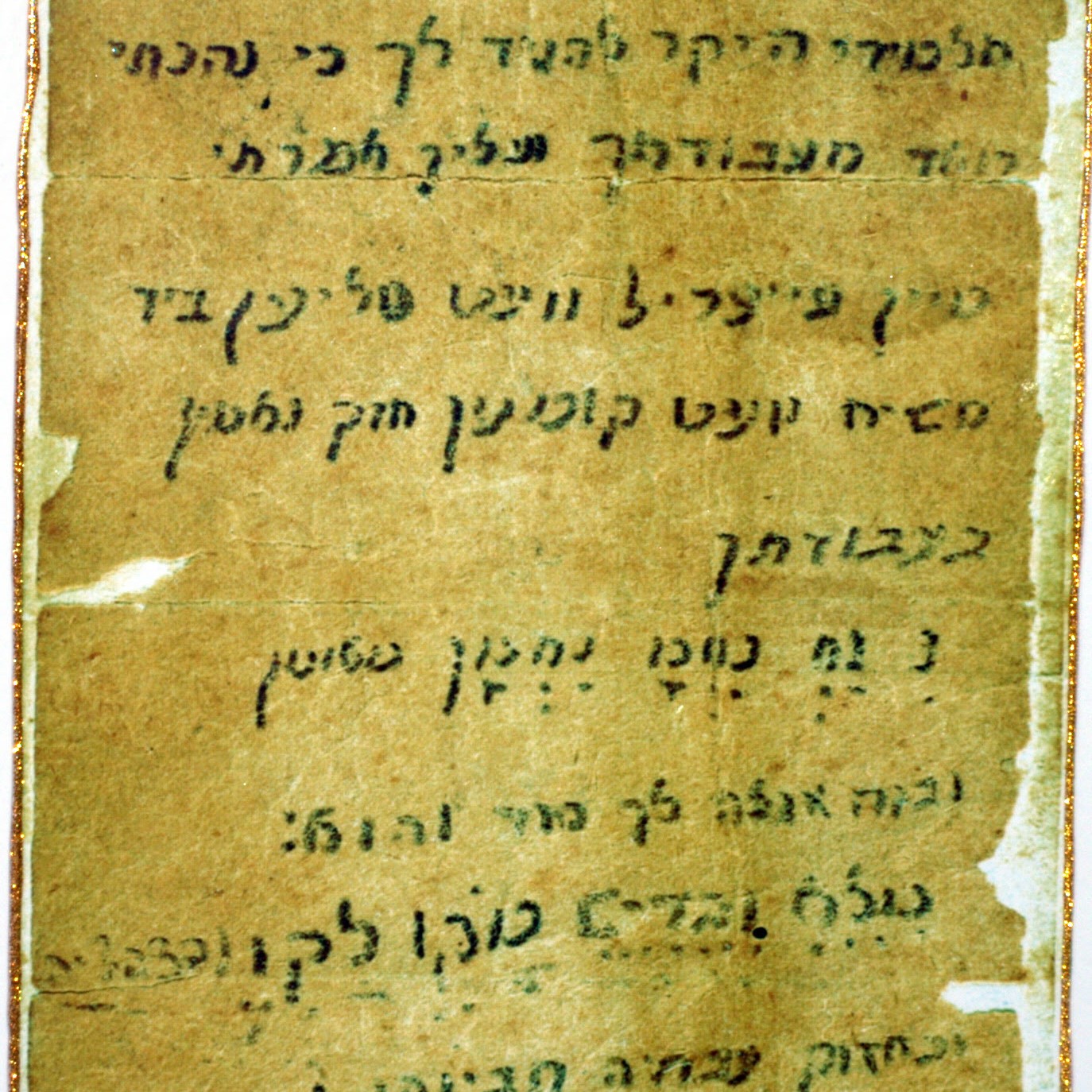
Repeat Repeat WritePrompt #29— Lewis Freedman
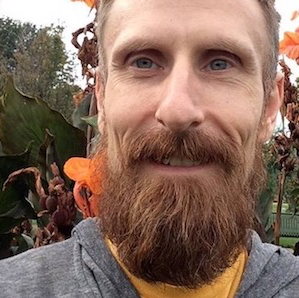
Poetic CorrespondencePrompt #28—Eric Baus

EKPHRASIS YOURSELFPrompt #27—Jennifer Nelson
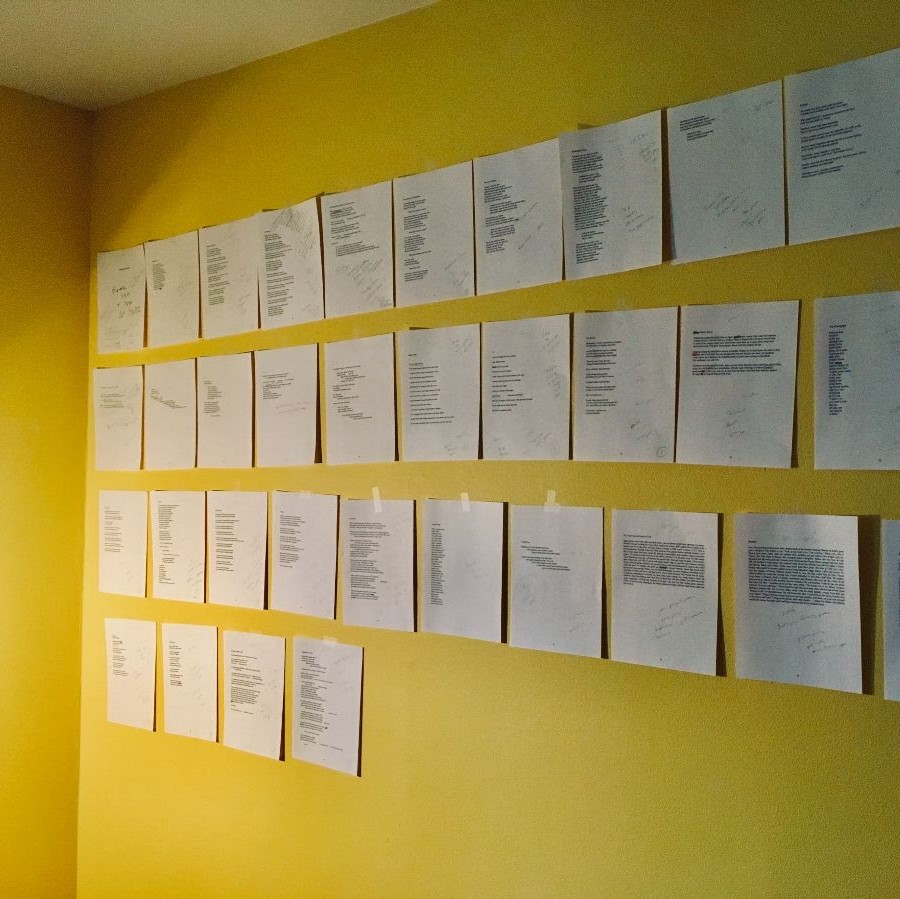
POETRY IS FOR THE PEOPLEPrompt #26—Angela Trudell Vasquez
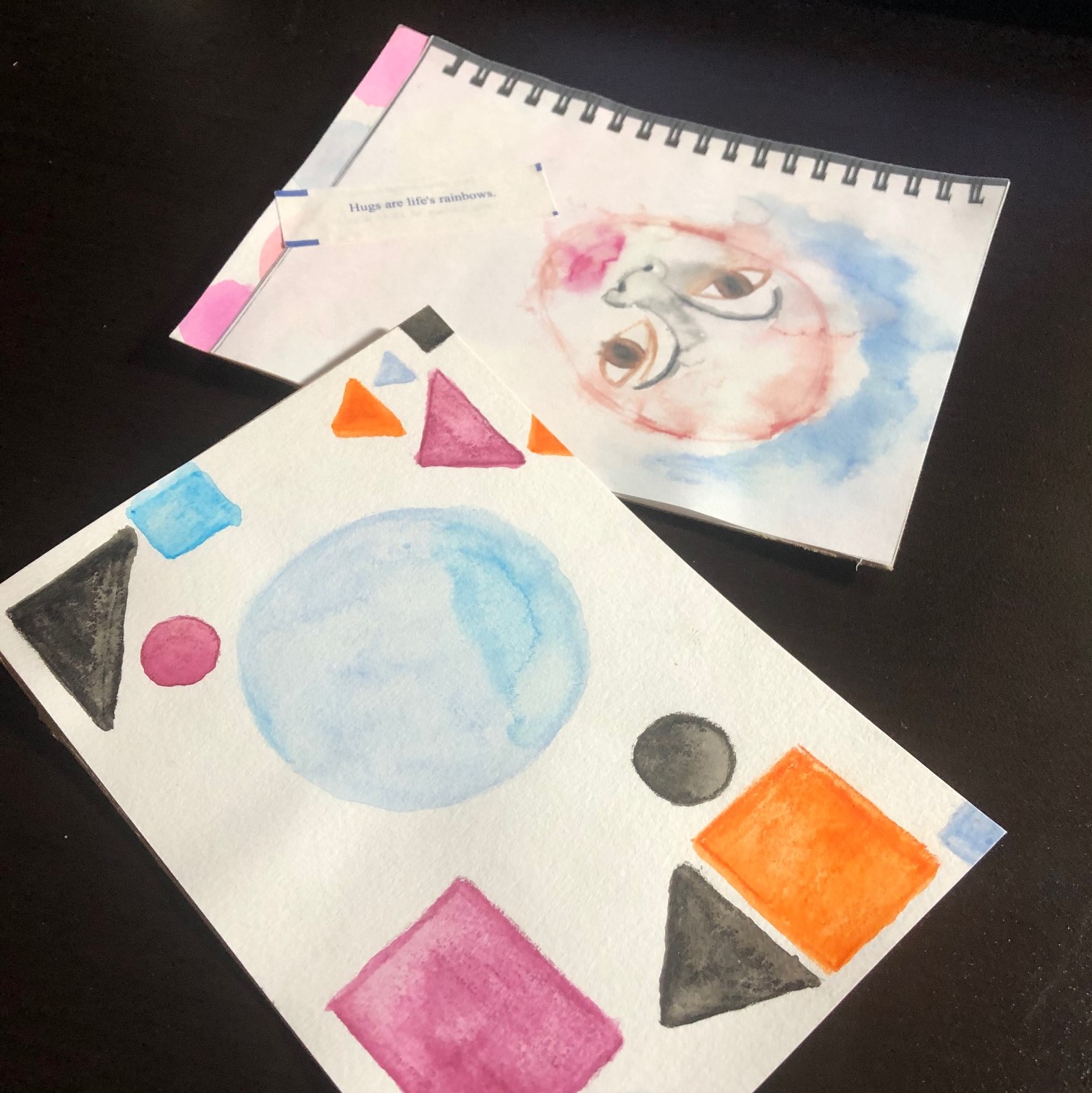
MAIL ARTPrompt #25—Siwar Masannat
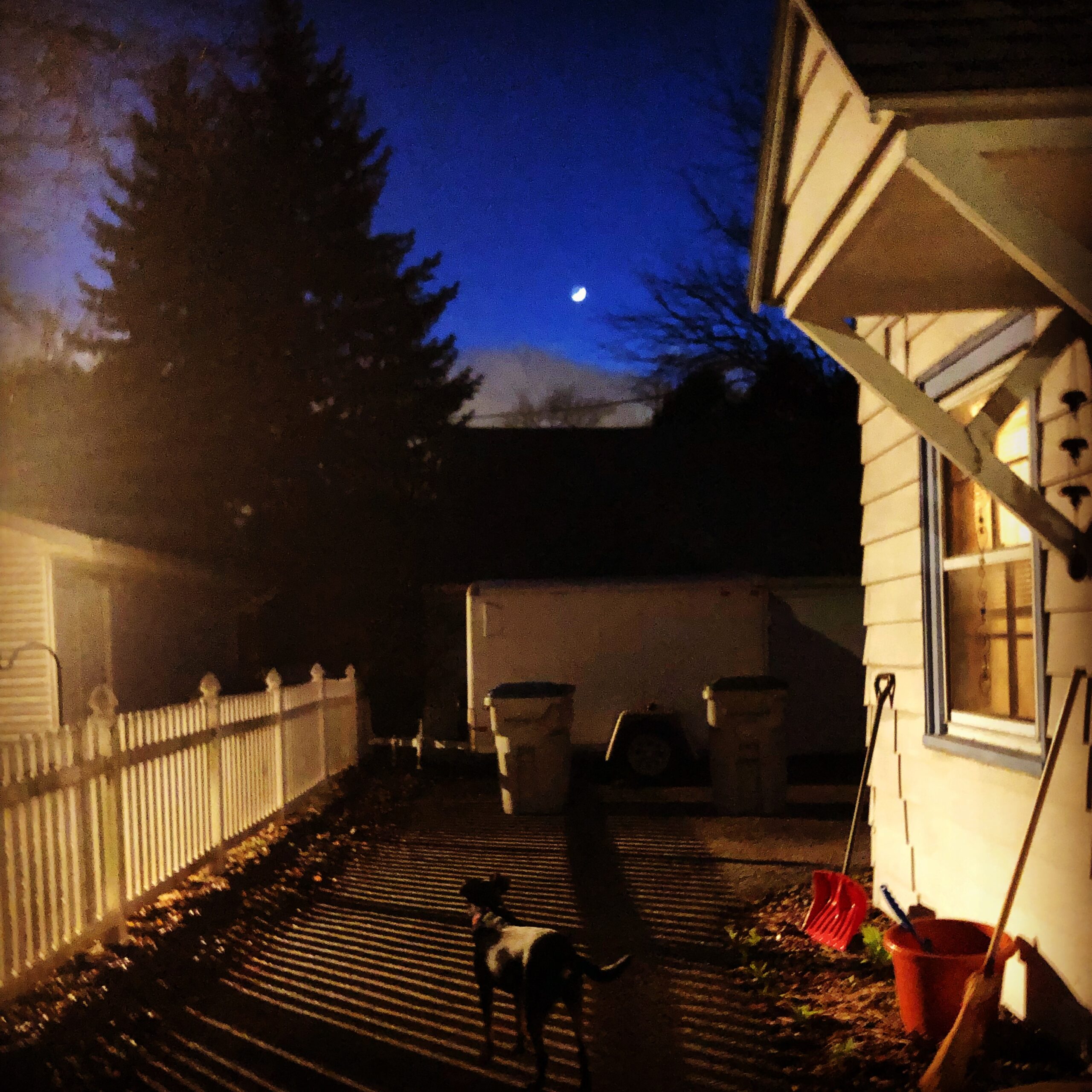
VISUAL POSTCARDSPrompt #24—Portia Cobb
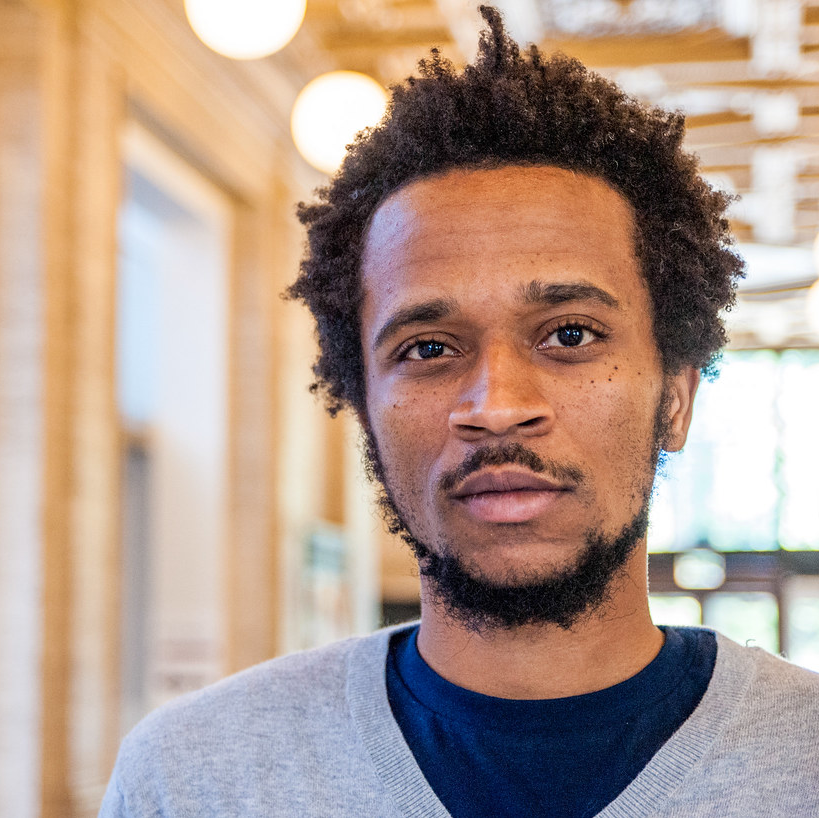
A [LONGER-TERM] DEEP LISTENING PROMPTPrompt #23—Jibade-Khalil Huffman

Humor as Medicine for the SoulPrompt #22—Mauricio Kilwein Guevara

Personification: A Social Justice PromptPrompt #21—Derrick Harriell

Ponge ExercisePrompt #20—Tyrone Williams
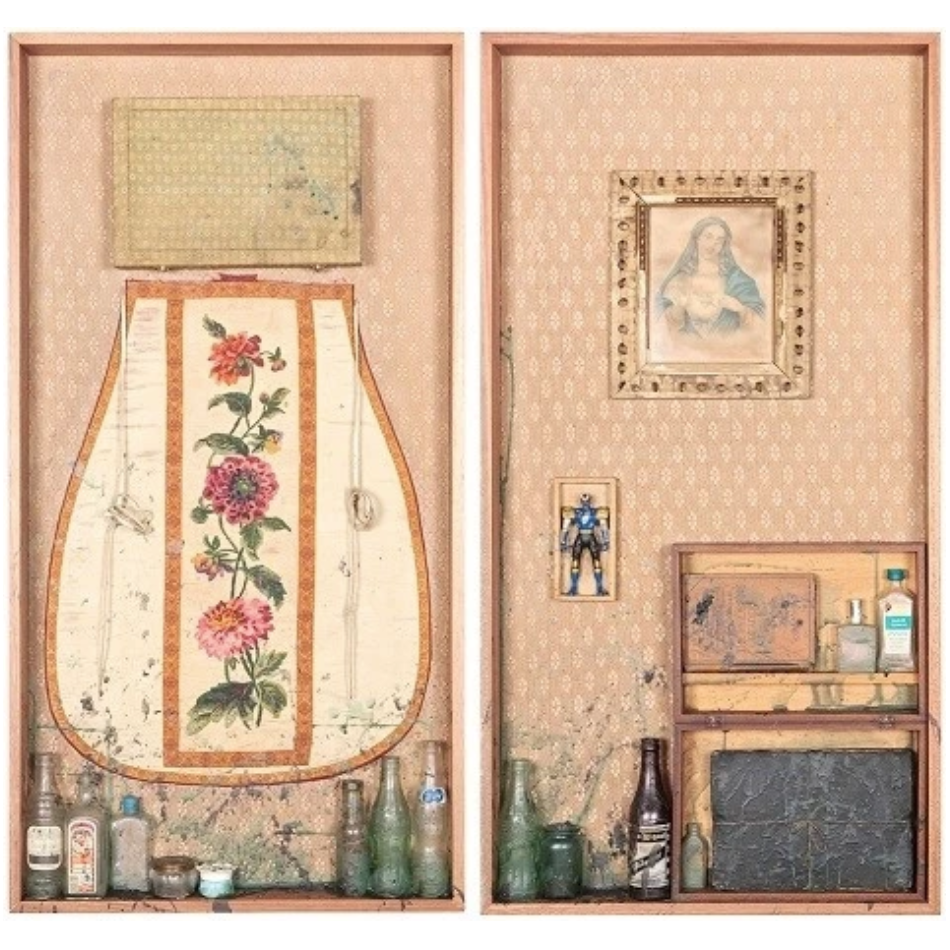
Occult DocupoesisPrompt #19—Kimberly Alidio
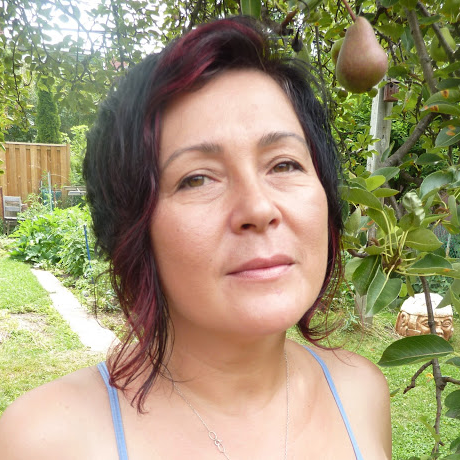
Junk Drawer SongPrompt #18—Hoa Nguyen

TALK TO THE POETSPrompt #17—Stacy Szymaszek
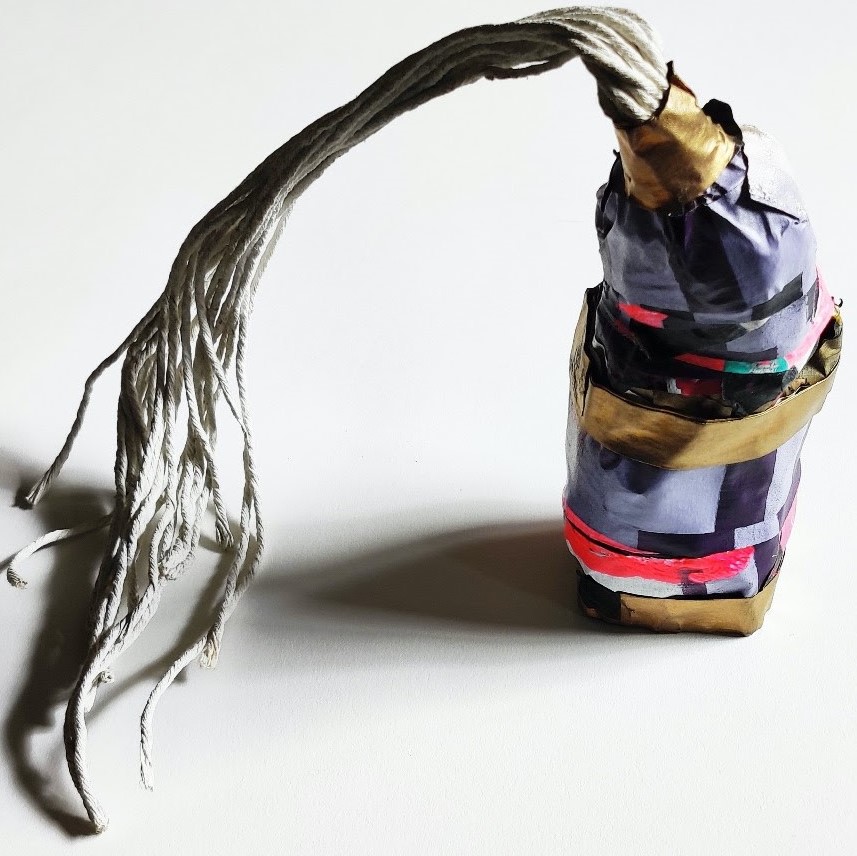
Make-Do Origin Stories & Concrete FuturesPrompt #16—Ching-In Chen
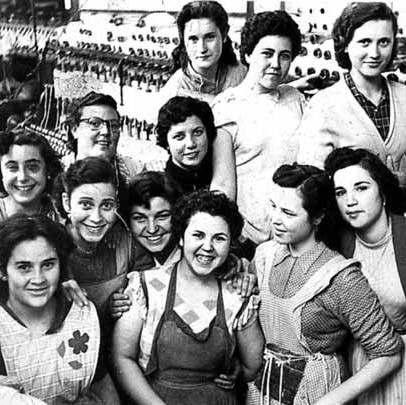
The Family PhotographPrompt #15—Rosa Alcalá
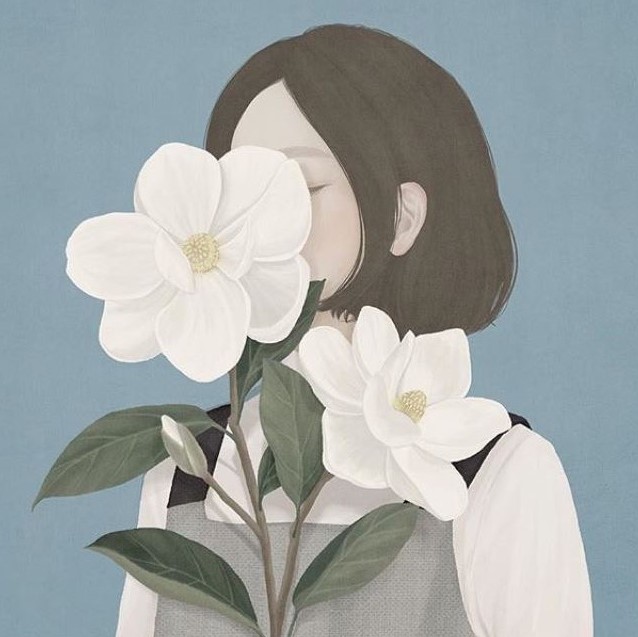
Writing Advice for Your Younger SelfPrompt #14—E.J. Koh
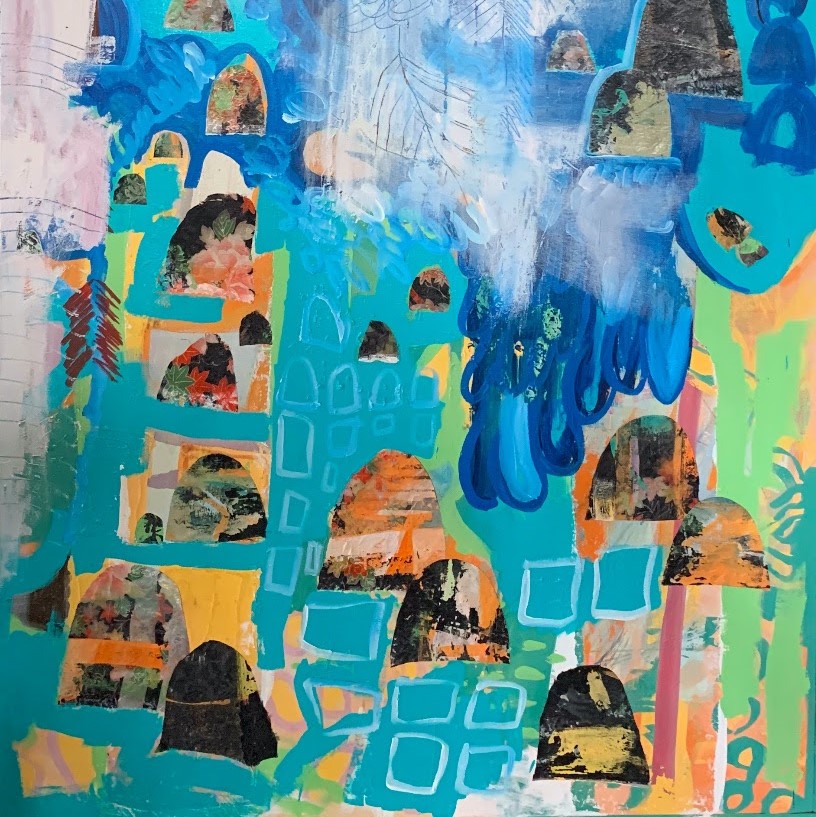
Note(s) to SelfPrompt #13—Stacy Blint
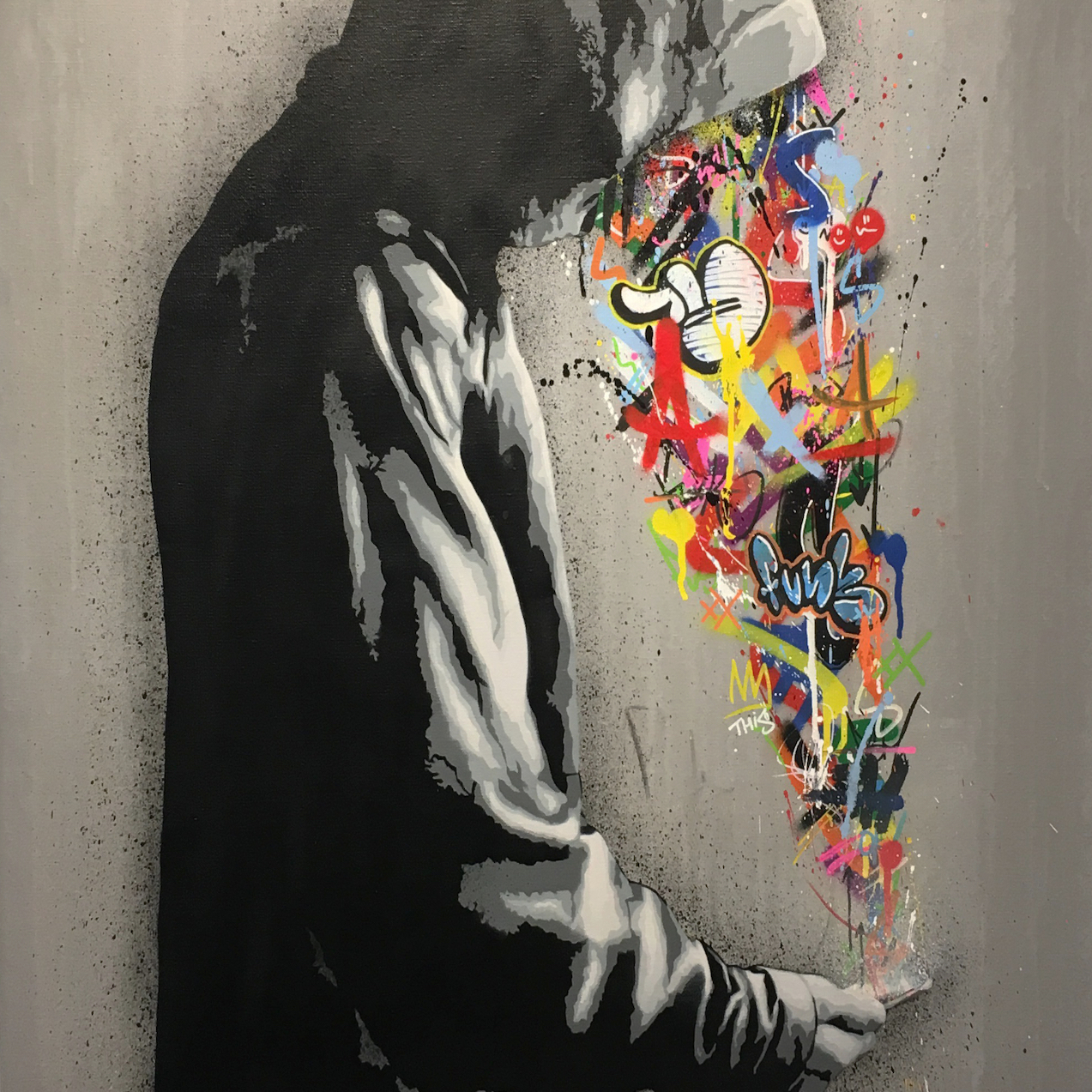
Embracing ConfusionPrompt #12—Bryon Cherry
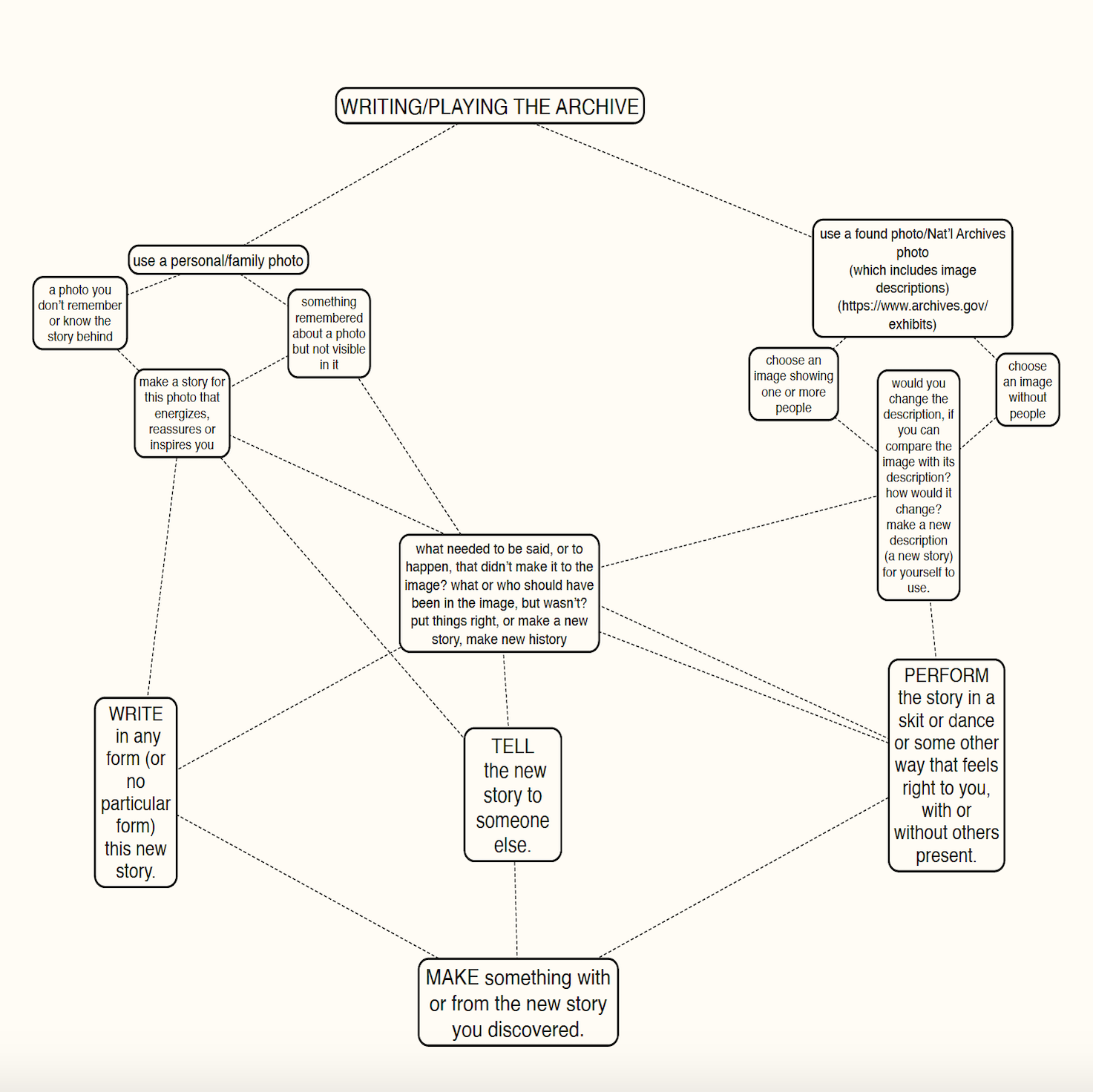
Writing/Playing the ArchivePrompt #11—Jay Besemer

CAPTURED & FREEDPrompt #10—Dasha Kelly Hamilton
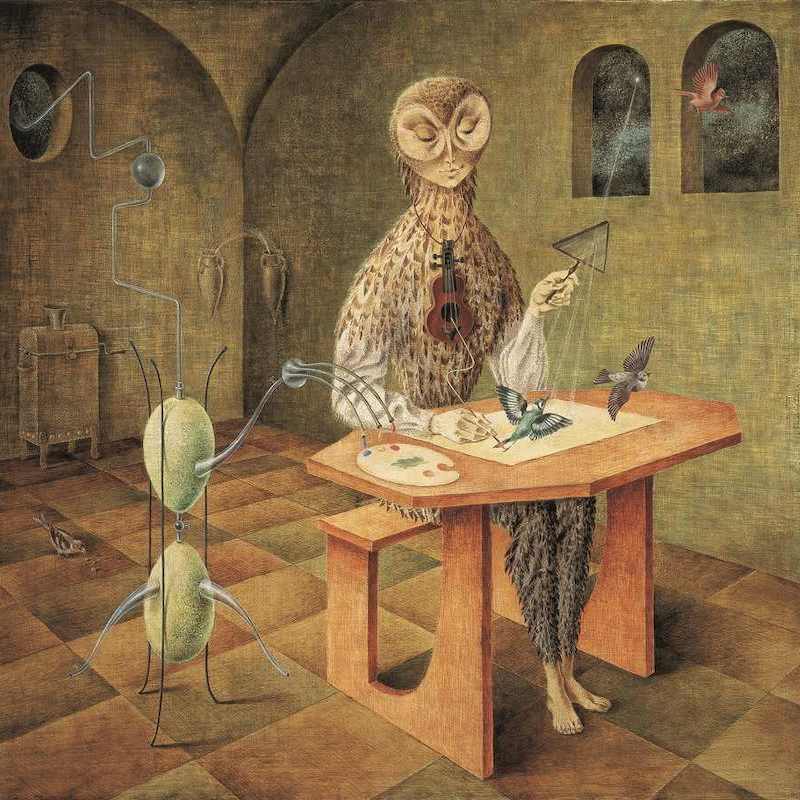
Poetic Exit StrategiesPrompt #9—Ana Božičević

Proyecto ConbífPrompt #8—Erick "CK" Ledesma
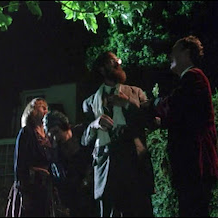
TRILOGYPrompt #6—CA Conrad

Utopian CompromisePrompt #7—Paul Druecke
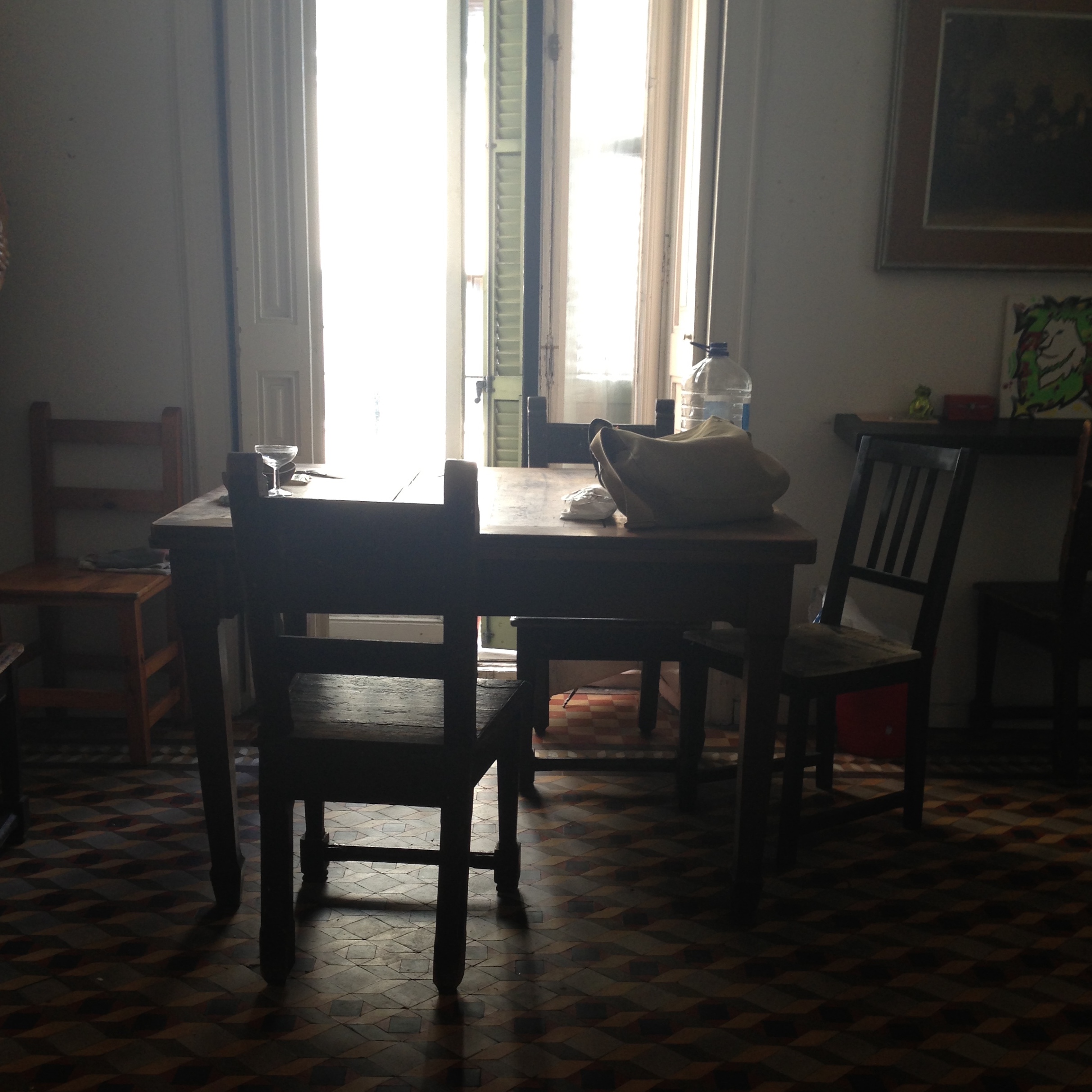
A Series of RoomsPrompt #5—Laura Solomon
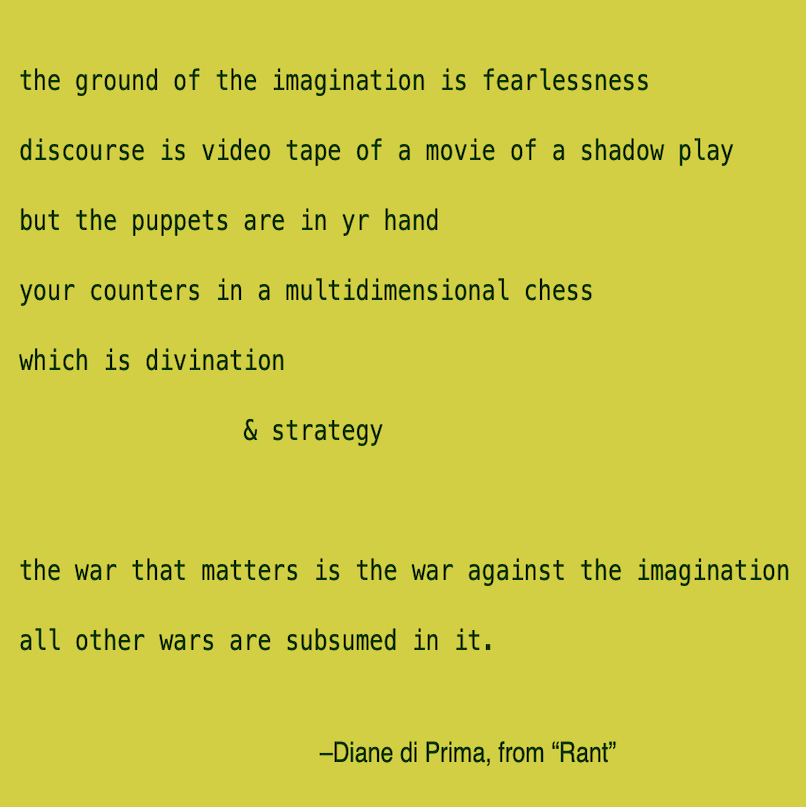
Two Variations on N+7Prompt #4—Jenny Gropp

T H E A P A R T / TOGETHERPOEMPrompt #3—Margaret Rozga
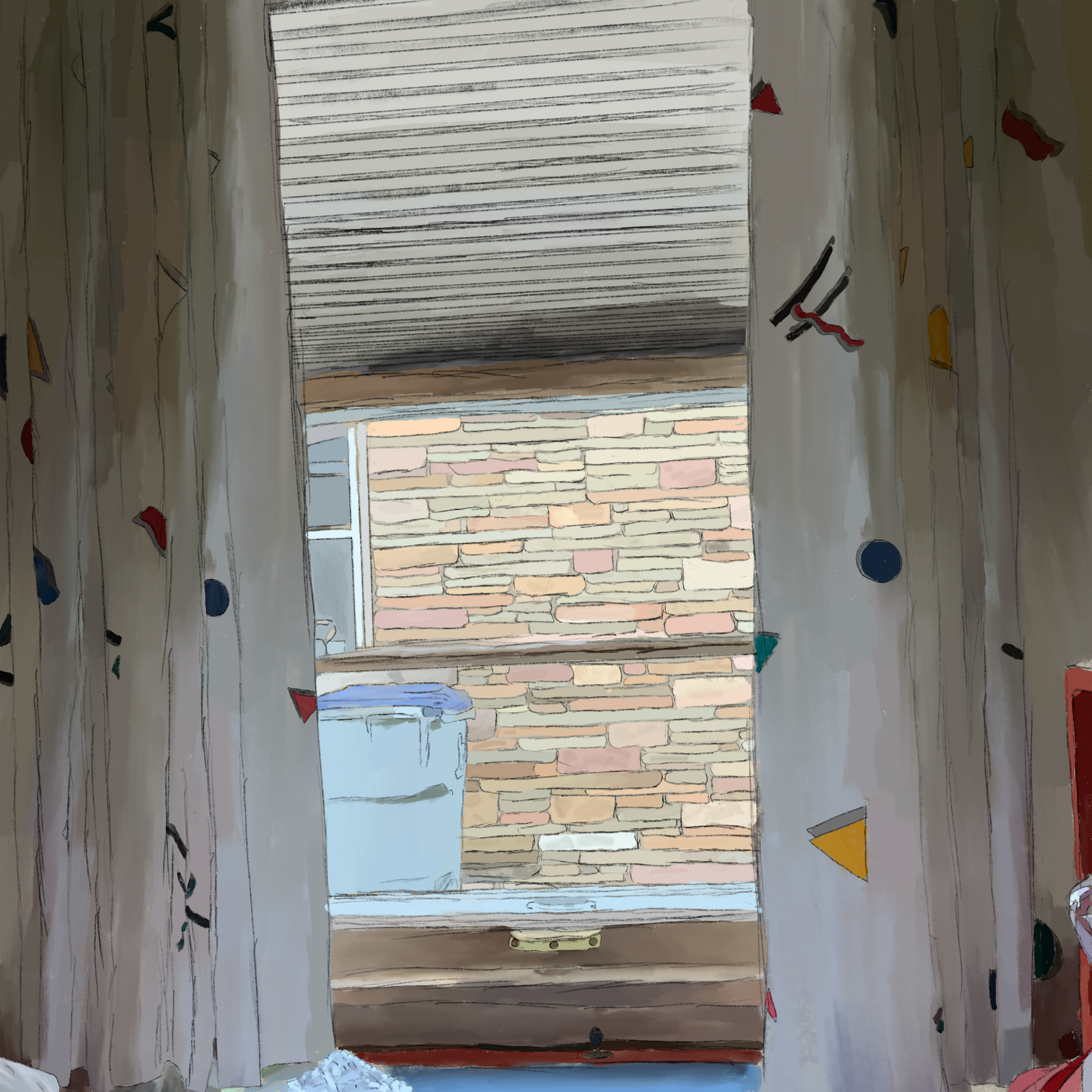
An Exercise in WindowsPrompt #2—Marla Sanvick
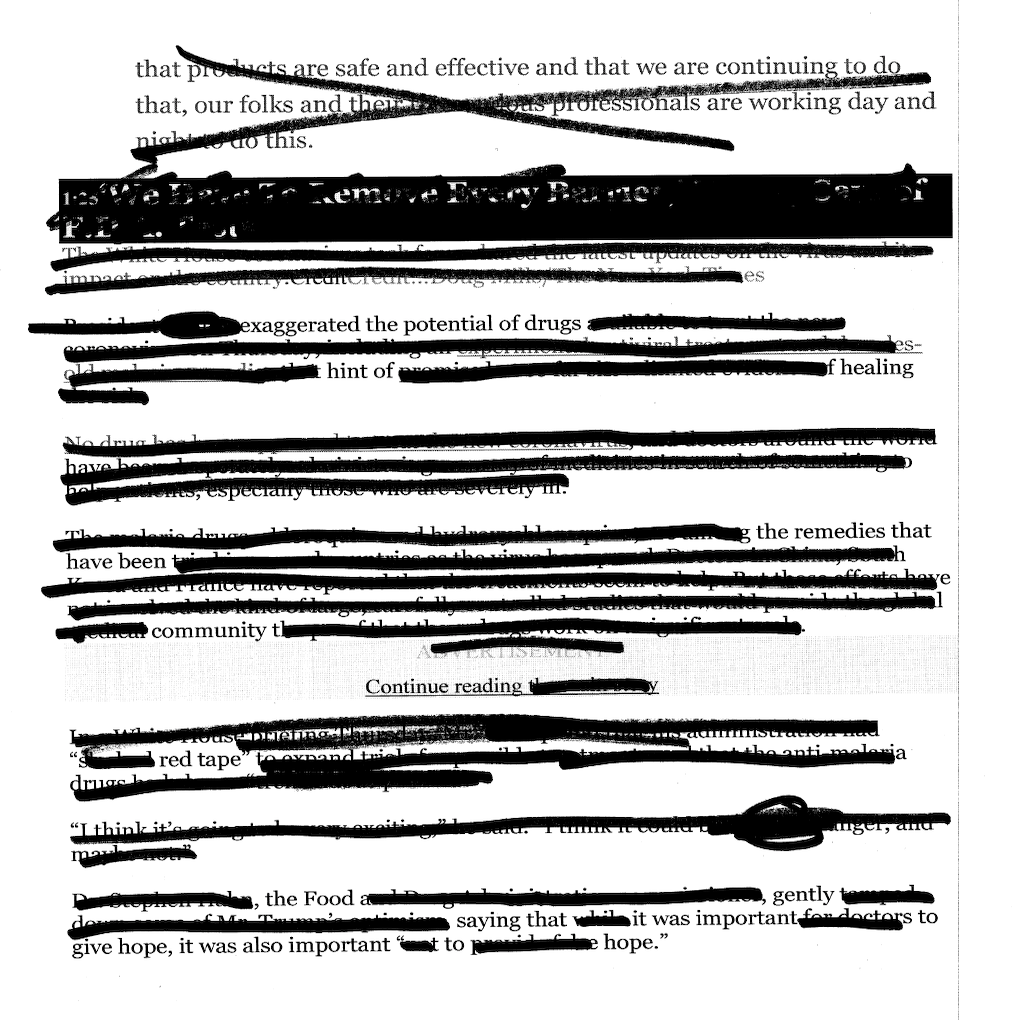
Erasuring AnxietyPrompt #1—Peter Burzynski
We acknowledge that in Milwaukee we live and work on traditional Potawatomi, Ho-Chunk, and Menominee homelands along the southwest shores of Michigami, part of North America’s largest system of freshwater lakes, where the Milwaukee, Menominee, and Kinnickinnic rivers meet and the people of Wisconsin’s sovereign Anishinaabe, Ho-Chunk, Menominee, Oneida, and Mohican nations remain present.
We further acknowledge the grave evil colonialism introduced to these lands through genocide as well as slavery, and also via racist and xenophobic beliefs, laws, and practices that continue to inflict harm upon Black, brown, and Indigenous lives. We honor those who have lived—and do live, now—at these intersections of identity and experience, and are committed to the active dismantling of white supremacy.
720 E. Locust Street
Milwaukee, WI 53212
Phone: 414 263 5001
Hours: Tues–Sun | 12-7 pm
Closed Mon
Building Accessibility: Despite the age of our physical location, and attendant limitations to access, Woodland Pattern is committed to making its programs and facilities available for as many as possible. Please call for more information.
Events Accessibility: Woodland Pattern is able to offer captioning services for its online events and with advanced notice can provide ASL interpretation for live events. Please contact us with accommodation requests and questions.
© Woodland Pattern 2025
